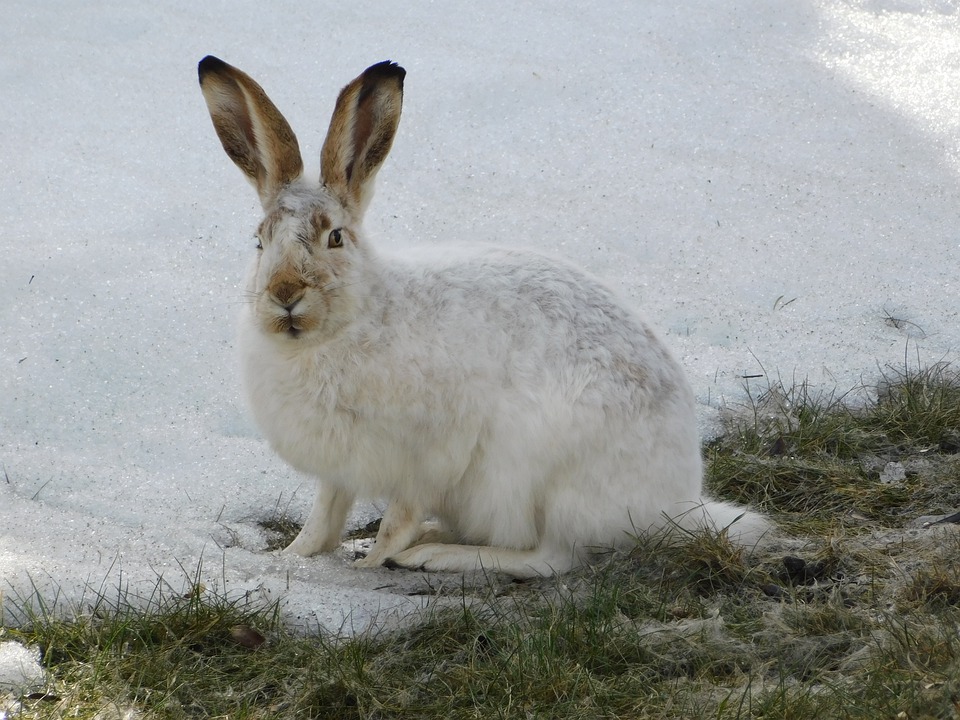News by Shuchi Giridhar
When we think of a world record, we remember all the big records set by many people.
But people are not the only ones to set world records. Animals do it too! Confused? Read on to find out!
BBYY, an adult female Arctic hare belonging to the genus Lepus arcticus, has set a record for the longest distance observed by researchers to be travelled by a hare, rabbit, or bunny. She travelled a distance of more than 388 kilometres in 49 days.
This Arctic Hare is native to Ellesmere Island in Nothern Canada.
An ecologist at the Colorado State University in Fort Collins and senior scientist at the Wildlife Conservation Society in Bronx, N.Y, Dr. Joel Berger, stated that it was just astounding how a small creature living in a place with such harsh circumstances could travel as much as 8 kms a day for 7 weeks.
The Arctic hare is the prime prey for the foxes and wolves living in the Tundra region. This is because they are easier to hunt as they only weigh 4 kilograms, which is how much an average cat weighs.
The mammalian ecologist, Dominque Berteaux, of the Université du Québec à Rimouski was curious about how the hares were able to travel these dangerous landscapes.
So, in the year 2019, he and his colleagues caught 25 Arctic hares, near the northern tip of Ellesmere Island in Nunavut, Canada.
They put a satellite tracking device on each hare. The hares leapt off quickly.
Later, Dr Dominque Berteaux was surprised by the long journey the hares undertook.
Usually, most hares live within a territory familiar to them. This is so that they can get food from the territory. Because of this, rabbits and hares are called lagomorphs.
Hence, hares don’t move anywhere farther than 113 to 310 kilometres from their territory.
This was the reason the journey surprised Dr Dominique.
It was also noted by him that no hares came near BBYY and that a month after she reached her destination, she died because of a cause unknown to anyone.
And the most intriguing thing of all is that BBYY found all the food she needed without becoming prey to the wolves and foxes.
Dr. Dominique and his team hope to find more about animals living in polar regions.
Image: Arctic Hare, image by Zuzanna Musial

